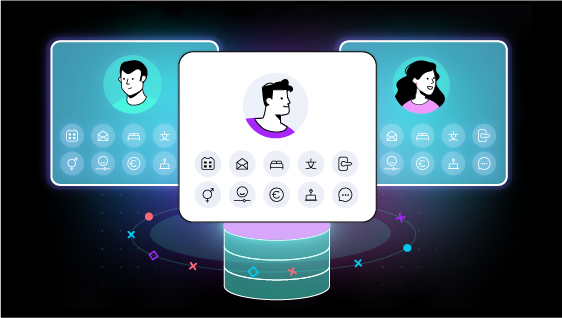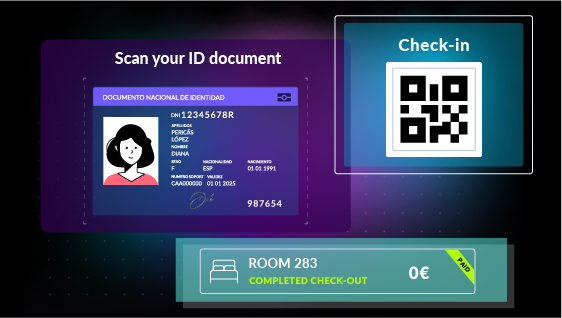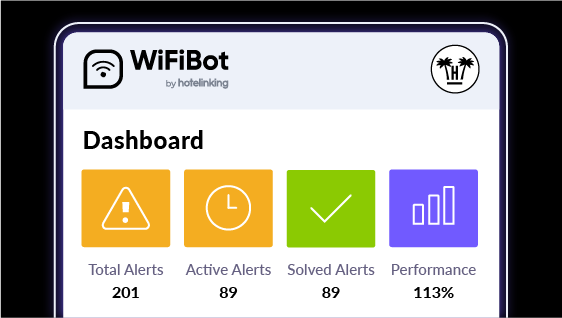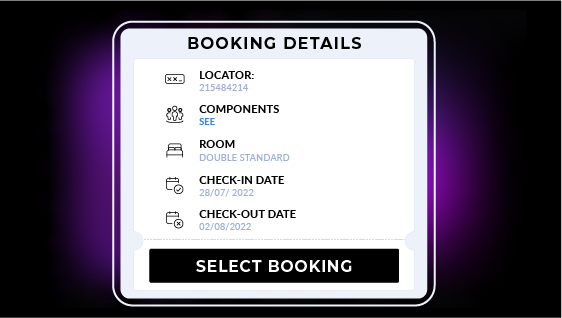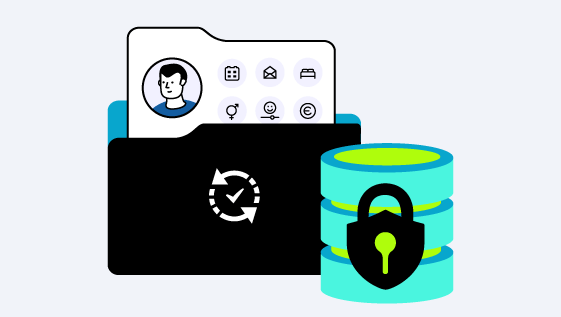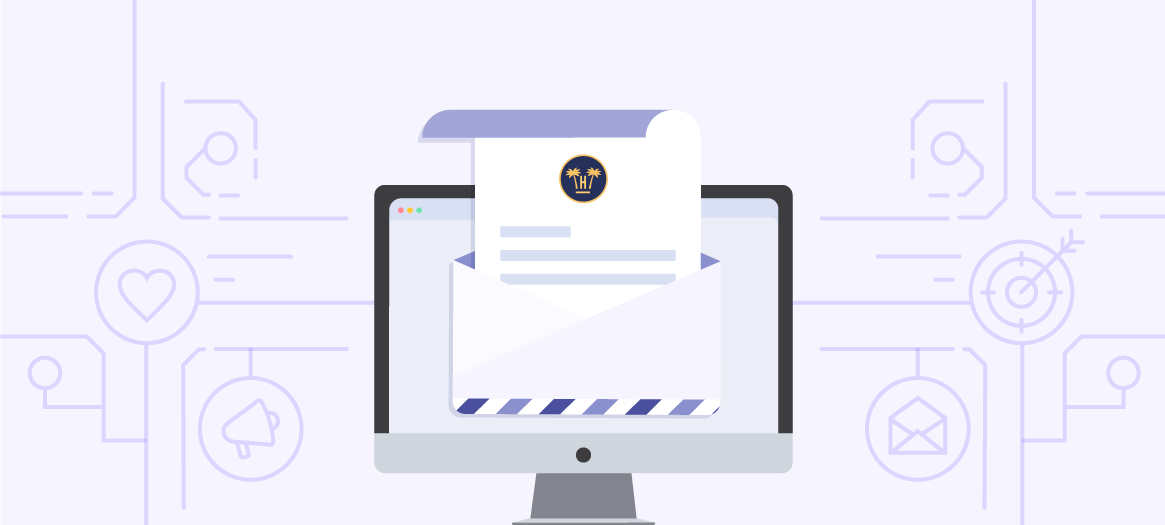
Email Marketing Guide: Copy creation for hotel email marketing campaigns that increase conversions
Knowing the cognitive processes of the human being is fundamental to marketing.
Yes, strange as it may seem, knowing people’s minds and understanding how they think can help us create better campaigns and establish more accurate segmentations. As discussed in the previous article, the user experience through design is crucial to achieving the desired conversion goals. The message that only the text conveys also plays an important role. If copywriting and usability techniques are applied to email marketing campaigns, they will be even more effective, the message will reach the end user better and, therefore, we will sell more.
Persuasion techniques
In an ADG Travel study in which we participated, we analysed 40 examples of hotel newsletters taking into account scientific persuasion, copywriting and usability techniques to check their messages’ effectiveness and evaluate their conversion power. And in it we determined these 9 techniques:
- ANCHOR: this is the hook of our message and what makes people stick with what we offer.
- NEED TO COMPLETE: We must stimulate people’s need to complete processes such as, for example, when making a purchase.
- SHORTAGE: People are on alert if something is running out. We must stand out with that.
- COMMITMENT AND CONSISTENCY: We must give good reasons for people to commit to us.
- RECIPROCITY: “You scratch my back and I’ll scratch yours.” If the customer feels you’re doing them a favour, they’ll return it without hesitation.
- SOCIAL PROOF: If a lot of people buy something, it’s because it’s good. We make decisions based on the people who buy them, hence the success of reviews on Tripadvisor.
- LOSS AVERSION: People are afraid of losing something. If we make it look like they can miss it, the customer will opt for us.
- REWARD: If we reward and appreciate the user, the user will bond with us.
- CTA – CALL TO ACTION: calls for the customer to do what we want. Example: “Book now”.
Editing tips
The world of copywriting is becoming increasingly aware of how important it is to persuade and excite, even if the main goal is selling. For this reason, we have defined some editing criteria that, together with the persuasion techniques, will create emails that not only move but also hit the nail on the head.
- Be short, colloquial and be appealing.
A 2016 study by the Gmail Boomerang app concluded that the optimal length for emails to be effective should be between 50 and 150 words. Thus, emails with short text are read better and faster and must have 2 or 3 text paragraphs with a length of 3 or 4 lines each. Our goal is for the message to be understood by everyone. Boomerang’s study found that texts written at a so-called basic level (ESO) had a higher response rate (36 %). Using day-to-day expressions or sayings helps the recipient understand what we mean and also to resonate with them.
On the other hand, the email subject is the first thing the recipient sees, so it must be appealing. According to one study, Christa Sutherland, of email marketing provider MailerMailer, says that “messages with medium subjects have the highest opening rates.”
Subjects must not exceed 40 characters long and must be direct and related to the email’s content. MarketingSherpa say that, through a study, they saw a 541 % increase in openings by putting clarity first versus creativity in subjects.
- Transmit and engage the customer.
We seek that the receiver generates some kind of feeling thanks to our message: move, create a need, urge… Whatever our goal, our message must convey something. It doesn’t have to be flat, it must have a soul. And we know this for a fact because, according to Boomerang’s study, neutral messages are not very popular: “Response rates for positive emails with a slightly warm tone were approximately 15 % higher than neutral emails.” Still, don’t overdo it when it comes to positivity. According to one study, custom emails generate 18 times more revenue than generic ones. We must be personal with the customer, thank them and ask questions to make them feel welcomed and important. Emails that ask 1 or 3 questions are proven to be more likely to be answered (50 %) than those which don’t.
- Call to action.
Just like we want the reader to feel important, we must incite them to act. The goal is selling. According to copywriter Rosa Morel, action verbs (e.g. search, get, achieve…) “encourage the reader and bring them closer to a sale” and “are part of the power words: powerful words that we use in communication to impact the reader or listener.” And if we talk about calling to action, Calls to Action (CTAs) are essential. There are many CTAs but, the most effective ones are those with button format, according to Campaign Monitor, who found that a buttoned CTA increased click rates by 28 % versus a link. We must create attractive, original buttons that involve the customer. We like to avoid typicalities and look for more attractive formulas.
- Conquer visually.
Being attractive is essential as we have little time for users to get our message. Email marketing provider Litmus found that the time spent reading an email is approximately 11 seconds. Hence the need to attract attention, be concise and brief and have a good layout. To do this, it is very convenient to produce information lists, including inspiring images or structure the email.
- Deliver quality content.
To sell something, we must create an aura of quality around it. We must relate quality services and content. Providing content such as articles, interviews, reports or additional information about our destinations will generate interest from the reader. They will feel that they learn and therefore, that what they are being offered is valuable. According to a study by DMA (Data and Marketing Association), the lack of content in emails is the fourth current problem for marketing professionals.
Email marketing is not dead; it is a channel in which it is very profitable to invest in compared to other channels and therefore requires optimisation.
At the same time, it is a channel where copywriting and usability play a decisive role, making it the best scenario to analyse the techniques and from which to draw insights that can be applied to other marketing channels.
>> In the next article we continue to cover email content. In particular, how to deal with sending email marketing for other nationalities, that is, how to adapt our campaigns so that they work in different countries.
